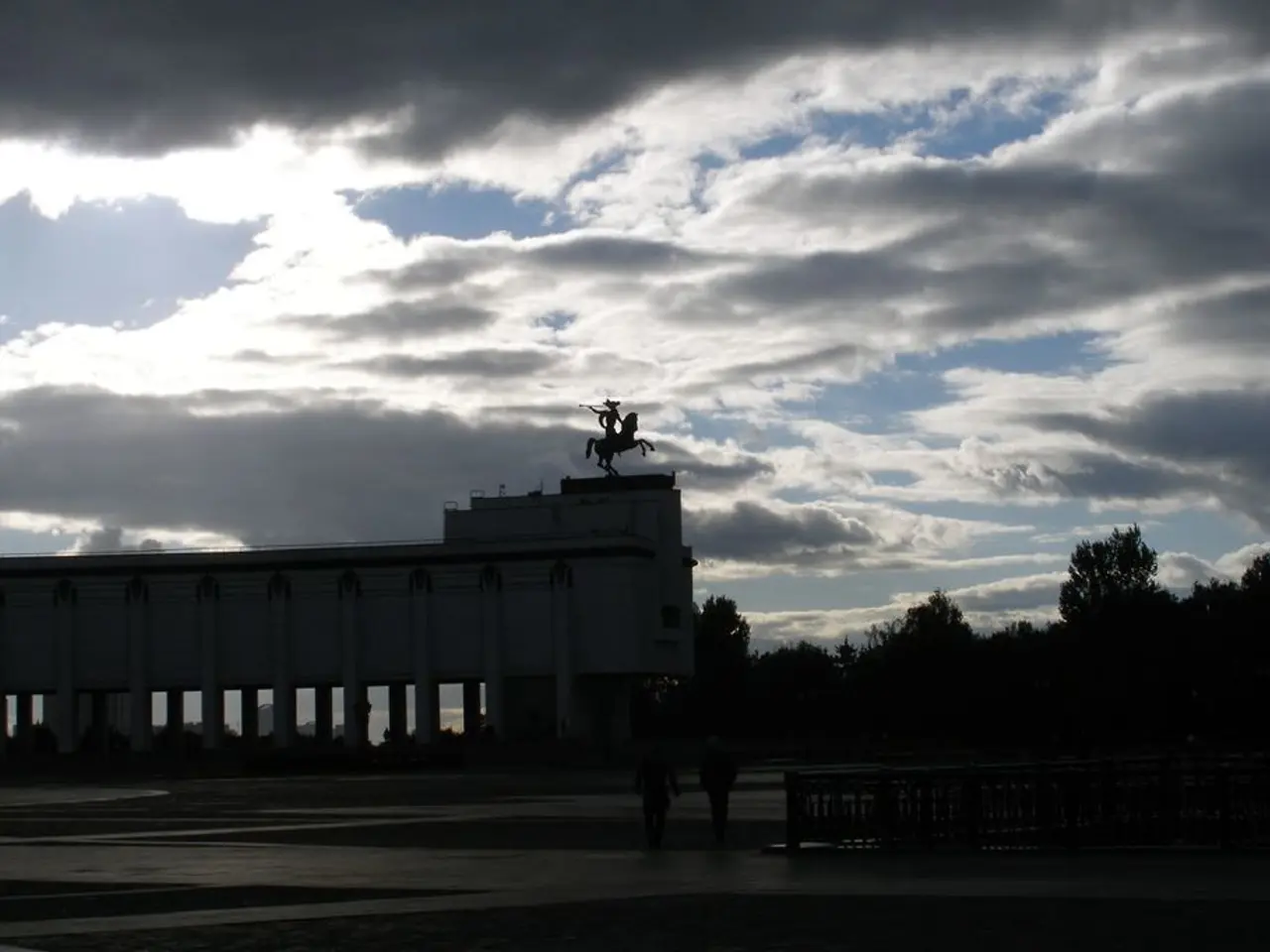"Seven Innovative Approaches to Portraying Natural Light and Darkness in Artwork, Inspiring Astonishment"
In the realm of nature photography, understanding and mastering the interplay between light and shadow is crucial in creating captivating images that evoke emotion and drama. Here are some key techniques to help you elevate your work.
Use Backlighting Effectively
Position your subject between you and the sun to create rim light that outlines features like feathers or leaves with a glowing edge, adding depth and drama to your photos. Using a lens hood can minimize unwanted flare, or you can embrace flare creatively for unique effects. Fog and mist can soften shadows and create atmospheric, moody photos by diffusing light naturally.
Shoot During Golden Hour
The warm, low-angle light shortly after sunrise or before sunset casts soft shadows and warm tones, ideal for enhanced texture and emotive effects. Backlighting here can create a glowing rim or hair light. Adjust your white balance to avoid losing the warmth and consider using reflectors to fill shadows as needed.
Balance Highlight and Shadow Exposure
In landscapes, preventing blown-out highlights or overly dark shadows preserves detail and depth. Techniques like bracketing exposures and merging them later help retain details across the tonal range. Controlling exposure avoids flat images and enhances natural contrast.
Experiment with Shadow Color and Temperature
In art and photography, shadows tend to be cooler in color temperature compared to lit areas, which are warmer. Intentionally enhancing this warm/cool contrast can amplify dimensionality and atmosphere in your shots.
Create Depth with Light Falloff
Allow light to wrap around subjects by positioning them a little away from the main light source to avoid flat lighting and let natural shadows create texture and dimensionality. Diffusing light with materials like sheer curtains outdoors or shooting in shaded areas can also soften harsh shadows without eliminating them.
Try Long Exposures
For landscapes involving motion (water, clouds), long exposures smooth moving elements and create serene contrasts of light and shadow. Use a tripod and remote shutter for sharpness during slow shutter speeds.
Mastering the interplay of light and shadow in nature photography involves both technical control of exposure and artistic choices about light direction, color temperature, and timing to evoke mood, drama, and depth in your images. Planning shots for specific light conditions, experimenting with angles, and using accessories like reflectors or diffusion filters can significantly elevate your work.
Long exposure photography transforms the ephemeral dance of shadows into permanent artistic statements. The interplay between light and shadow significantly enhances nature art, improving the ability to capture stunning moments in outdoor scenes. Macro photography reveals the intimate world of light dancing through nature's delicate structures.
To capture golden hour magic, position yourself for optimal sunlight filtering by scouting locations during midday, arriving early at chosen spots, and adjusting your height. Using tree branches to frame natural light patterns can create natural vignettes, layer foreground branches, and capture geometric patterns. Positioning your light source directly behind your subject illuminates the internal structure of leaves and petals, revealing veins, textures, and cellular patterns.
Experimenting with shadow play on water surfaces can create mesmerizing effects during different times of day and with water movement. Documenting seasonal changes in light and shadow patterns reveals nature's most dramatic transformations through shifting qualities and behaviors.
Mastering this technique is beneficial whether one is sketching with pencils or painting with watercolors. Golden hour transforms forest canopies into natural masterpieces of light and shadow artistry, creating stunning patterns through filtered sunlight. Cloud shadows create dynamic compositions that showcase nature's ever-changing light patterns across vast terrains.
Creating dramatic silhouettes against sunrise and sunset skies requires choosing strong natural subjects, positioning oneself for clean backgrounds, and mastering camera settings for high-contrast scenes. A neutral density filter reduces light entering your lens without affecting color balance, enabling extended exposures during bright daylight hours.
Utilizing rock formations and caves for natural light studios offers dramatic lighting conditions, with strategic openings providing focused beams and softer illumination. These techniques, when applied creatively, can help you capture the beauty and drama of nature's ever-changing light patterns, transforming your nature photography into works of art.
- In the realm of fashion-and-beauty, understand that mastering the interplay between light and shadow on clothing, makeup, and accessories is crucial in creating captivating images that evoke emotion and drama.
- When photographing home-and-garden scenes, prevent blown-out highlights or overly dark shadows in indoor spaces by balancing highlight and shadow exposure, much like in landscapes.
- In the world of gadgets and technology, artificial intelligence can be used to simulate the effects of varying light and shadow conditions in digital art, expanding artistic possibilities beyond physical limitations.




